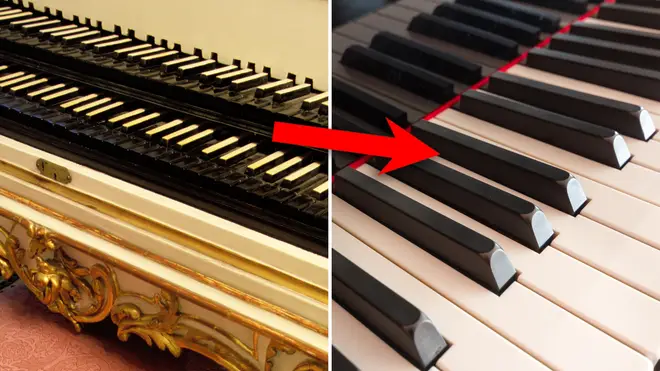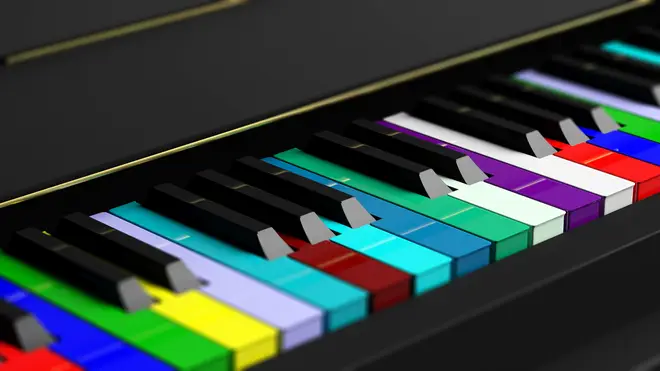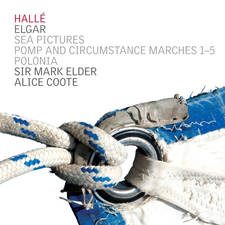Why were piano keys once white and black – and why did they reverse?
18 April 2024, 16:25 | Updated: 18 April 2024, 16:31

In Mozart’s day, the black and white keys on a piano were reversed.
Listen to this article
In the Classical era, the colours on a piano keyboard were the other way round – the black keys white, and the white keys, black.
So, when did it all change? And why are pianos made up of monochrome keys, rather than say, a vivid rainbow palette?
Let’s explore…
Read more: Why do pianos have 88 keys?
On 18th century pianos, the black and white keys were reversed: a black keyboard with white accidentals, as a clear way to separate the half-tones from the whole tones.
This was the case for any keyboard instrument, harpsichord, fortepiano, or organ. The black keys were usually composed of rosewood or ebony, and the white keys made with ivory.
In the 19th century, the size of the piano expanded and the instrument exploded in popularity. At the same time, the colours on its keyboard switched for reasons both functional, and visual.
The seven whole tones, or ‘naturals’ – A, B, C, D, E, F, G – became the white keys, with the five half tones, or sharps and flats, on black keys in between.

Arsha - Chopin's Revolutionary Etude (Godowsky arrangement for the left hand)
Whether black-and-white or white-and-black, separating the whole and half tones into repeating patterns of 12 notes makes it much easier for a pianist to play and to find the right notes on the full 88-key keyboard.
Looking at a piano from Mozart’s day, the black keys all seem to meld together, making it harder to see between the notes.
Having the half-tone keys in black presents an image of stability to the eye. Dark lines between brighter, white keys gave more visual clarity to the pianist looking at them at a glance – particularly while firing out Chopin Etudes, and the more complex solo piano repertoire of the Romantic era (watch above).
Today, while the standard piano keyboard is white with black accidentals, there are some interesting variations out there.
There’s the piano in Japan with an all-white keyboard, that can only play music in C major modes:

This piano doesn't have any black keys
Some piano makers have also played around with all-colour keyboards. Which might be a bit too much stimulation, when thundering out those Lisztian runs…




























